

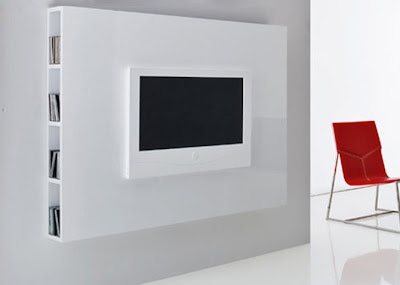
|
|---|




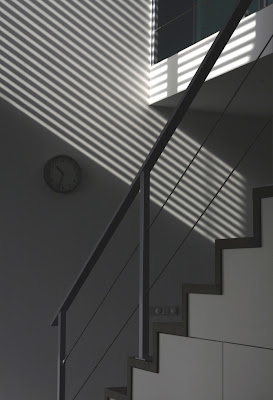
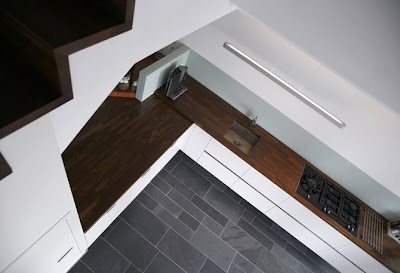




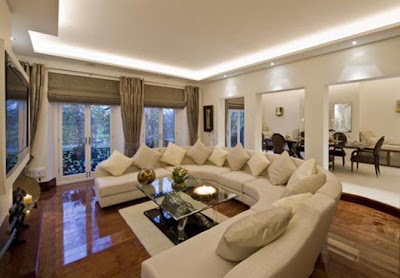


European style homes are some of the most stunning looking in the world; exciting and classical to look and live in! A distinctive feature of this style school is many layered roof lines and presence of many gables; giving those interesting looks.
Some of the very standard adaptable features are:
European style decoration displays a distinctive class of opulence and aristocracy; each room is purely European in look and is classy and luxurious to feel.
Strolling through Europe's medieval cobblestone streets, your senses are thoroughly engaged -- the pubs and cafes, the buzz of traffic on an incomprehensible maze of streets, the centuries old architecture, the history, the smells, the statues, the beautiful waterways and stone bridges.
Stepping out of the city and into the countryside, a more tranquil mood takes hold, with rolling green hills, vineyards, farms, villages, snow-capped mountains and monumental castles. You witness Old World scenery which has not changed to a great degree over the last several hundred years.
An amalgamation of designs, the term "Old World" refers to a timeless look in European decorating that spans over fifteen centuries and includes these primary periods in history:
Gothic, Medieval, Middle or Dark Ages (500s - 1300s), marked by sketchy historical records, the rise and subsequent fall in population, religious wars, chivalry and knighthood; when home decor was typically very rustic, with only a few rooms that were sparsely decorated with furniture and art, vaulted ceilings, narrow glassless windows and floors of straw and clay.
Renaissance (1400s - 1600s), bridging the gap between the Dark Ages and the Early Modern period, the Renaissance is when many of the world's most famous scholars, artists and scientists flourished and economic revival ensued; new trends in home decor began to emerge, such as solid floors and larger windows (complete with glass), smaller, but more rooms, paneled walls, the addition of wallpaper, and cushions and cloth for added comfort. (more on the Renaissance)
Classical or Early Modern (1700s - 1800s), characterized by increasingly meaningful developments in science and technology, the emergence of wide spread, market-oriented economics, and civilized government and politics. During this time, architecture and decor became more elaborate, with stucco-plastered walls and ceilings, grand staircases, and finely crafted, ornately-carved furniture made from walnut and mahogany, all of which are still popular in design today.
England, France and Italy are the countries typically referred to when the term "Old World" is used in European decorating, and span not only time, but geographic locations across the Mediterranean, Central and Western Europe.


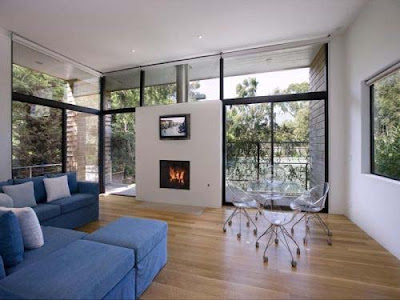


This house is located in small Dutch city in south-eastern province of Overijssel, on the border with Germany. It’s set among other houses around and has emphasized difference between the face side, defined by dark gray-brown bricks, and the back side, where the private garden is. Even though outside the house looks quite big, inside it’s far smaller and more intimate. Although there is everything the family could possibly need and even more. Besides having common big living areas there a lot of small extra spaces, generated by the links between house stores and placed almost random manner. The entire house shows the architect’s love to asymmetry: position of elements (windows, floors, rooms) and a variety of materials used (painted wood, aluminum, glass, brick and so on). The ground floor offers a variety of environments and living spaces: kitchen, dining area, meeting areas, TV room and study. There isn’t underground floor in the house because the double garage is integrated into building volume, but there is the tower room with an internal height of 3,7 meters. Even though the project isn’t look like usual European house designs it’s still nice example of contemporary architecture. [Cino Zucchi]
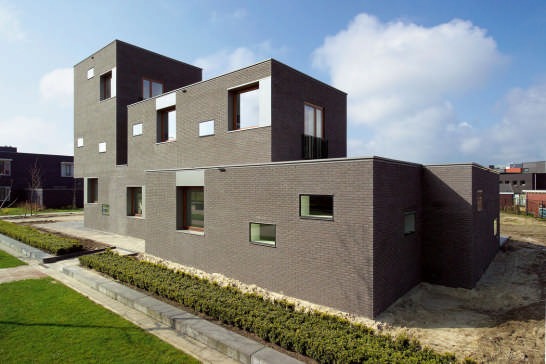
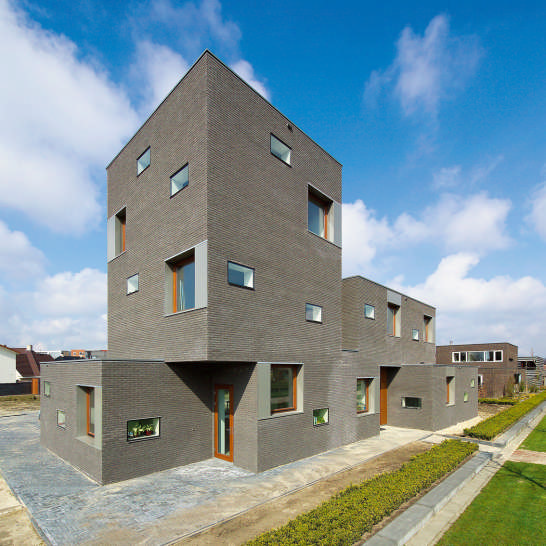
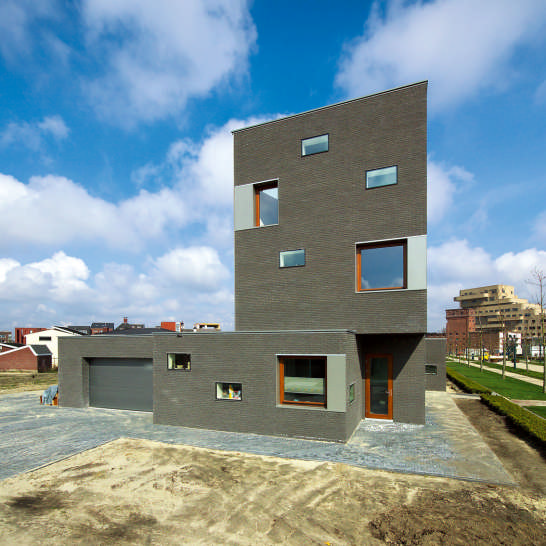
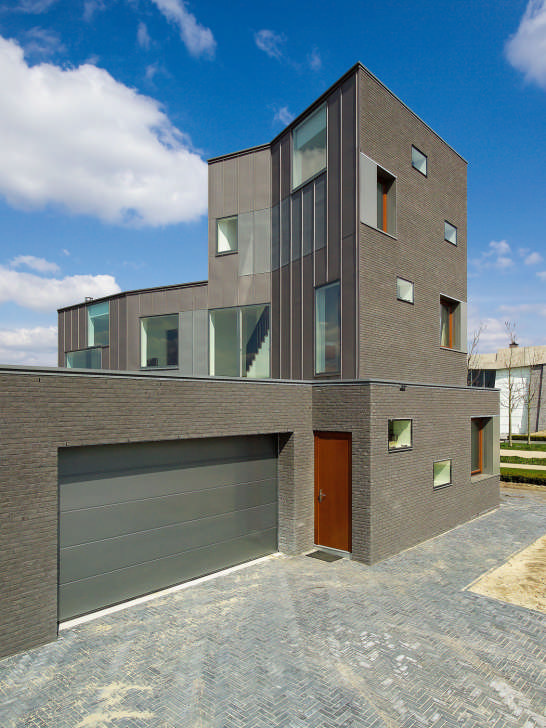
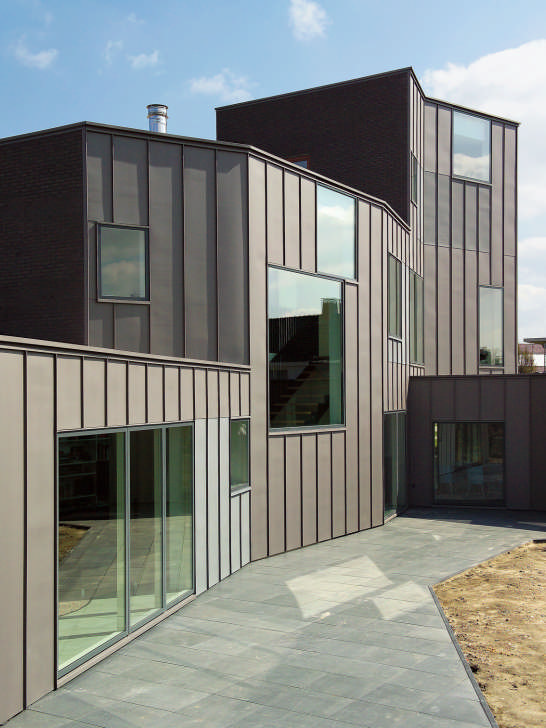
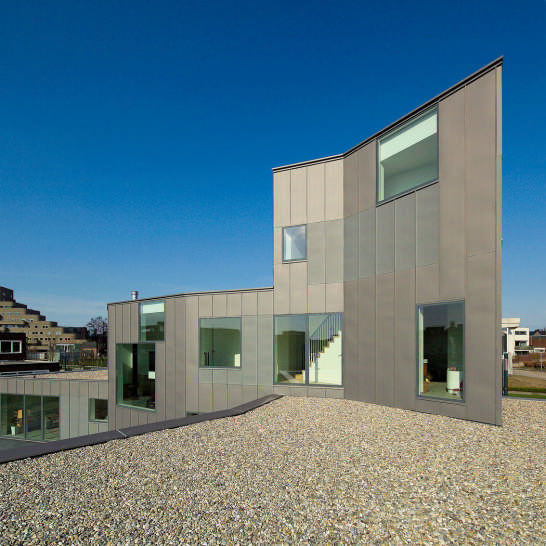
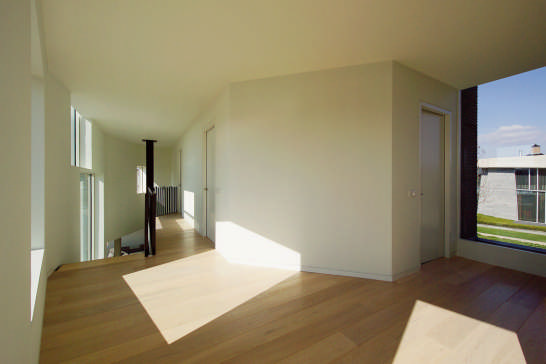
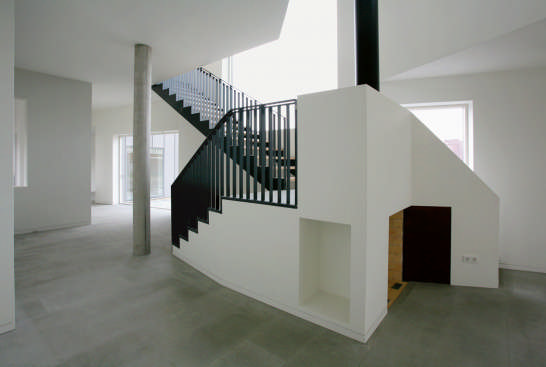
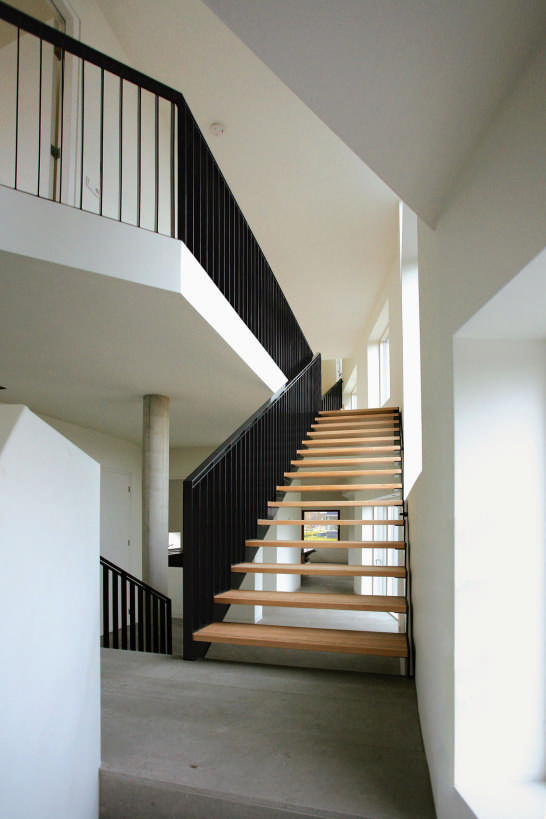
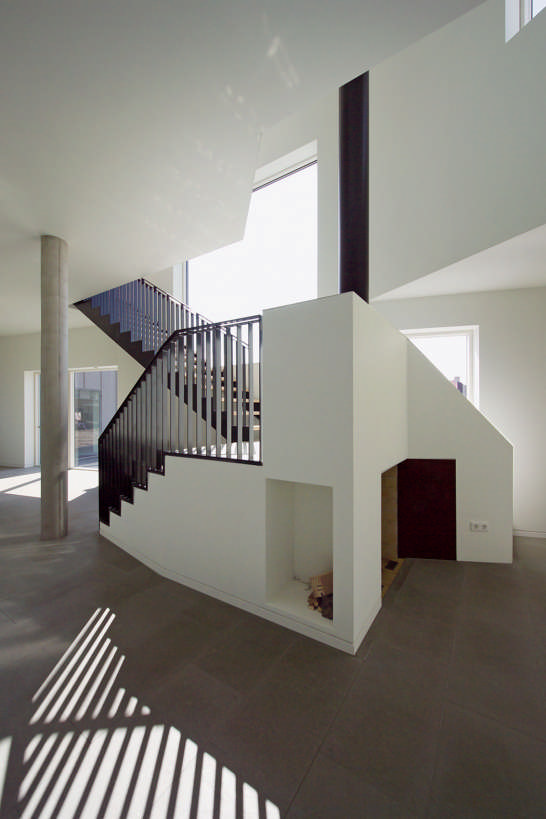
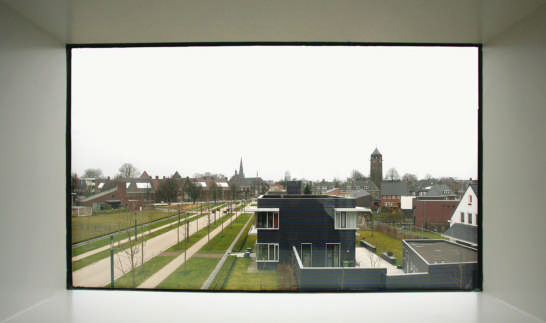
|
||||||
|---|---|---|---|---|---|---|
|
||||||
|---|---|---|---|---|---|---|







